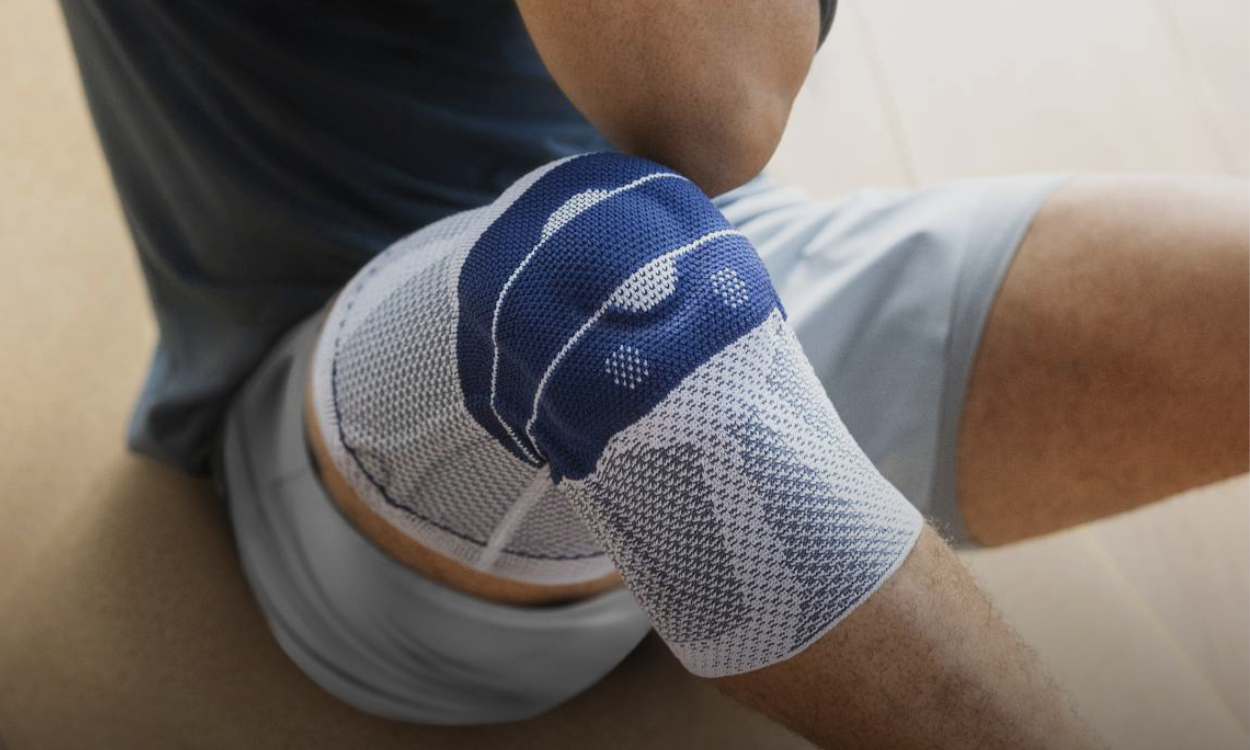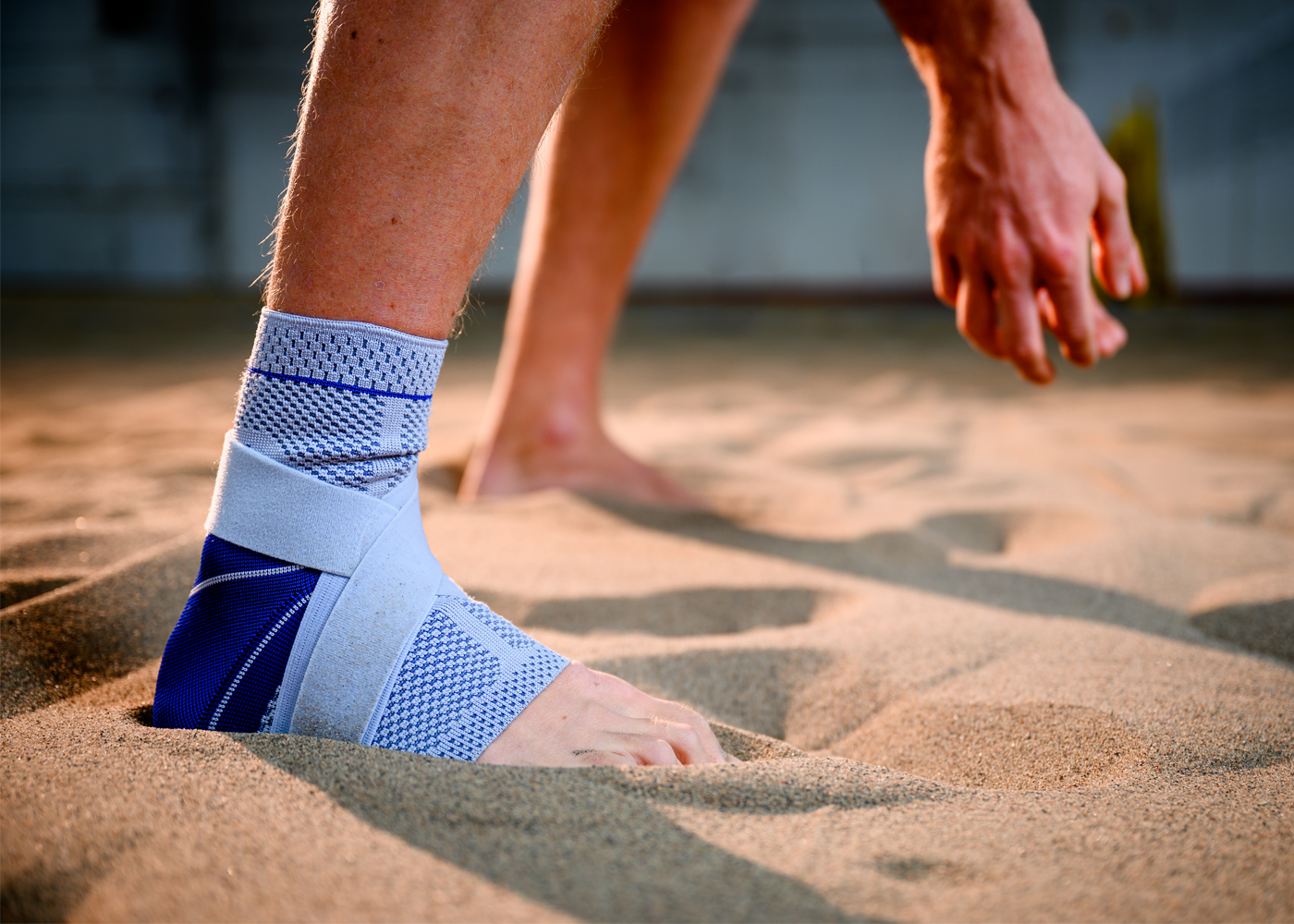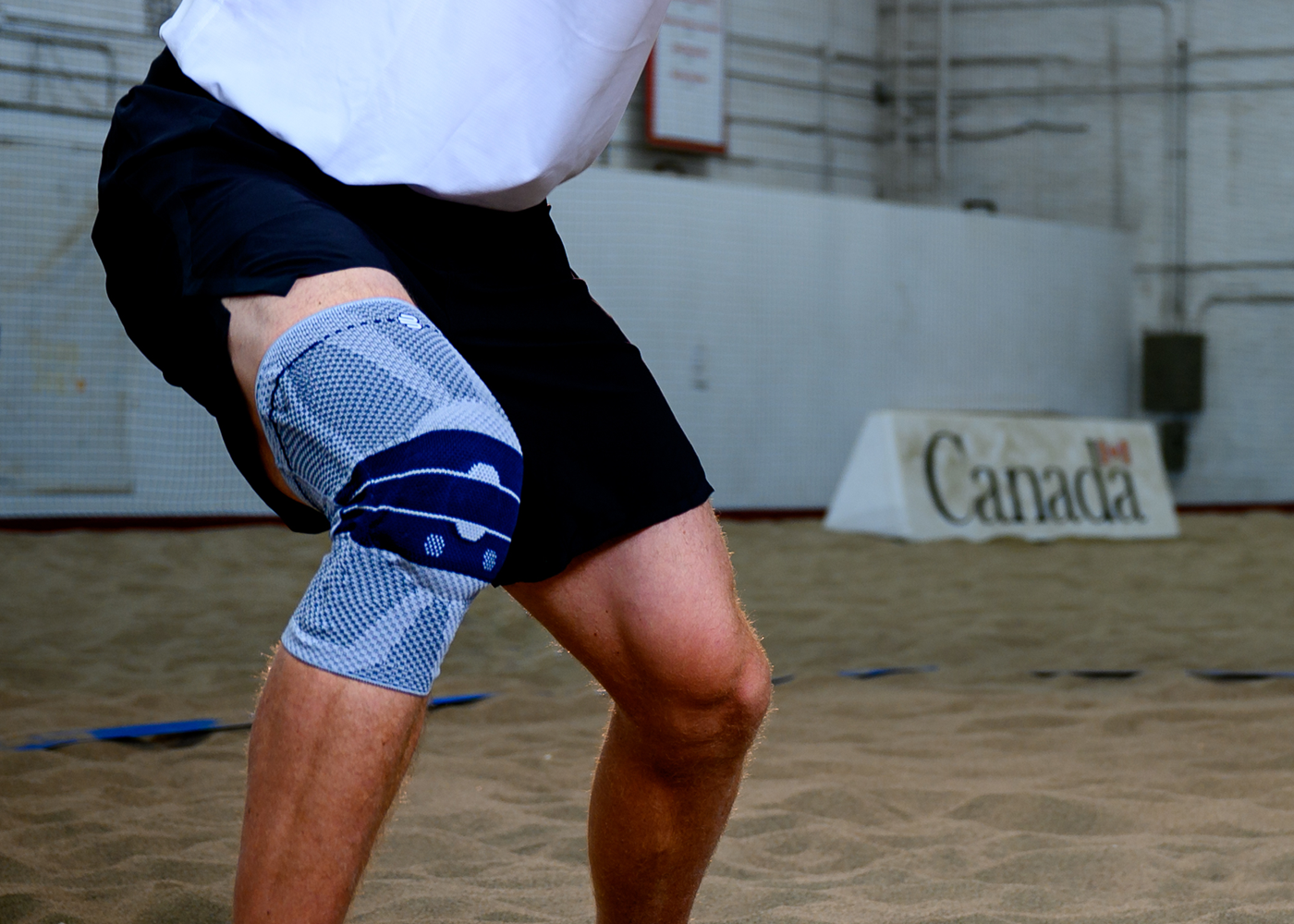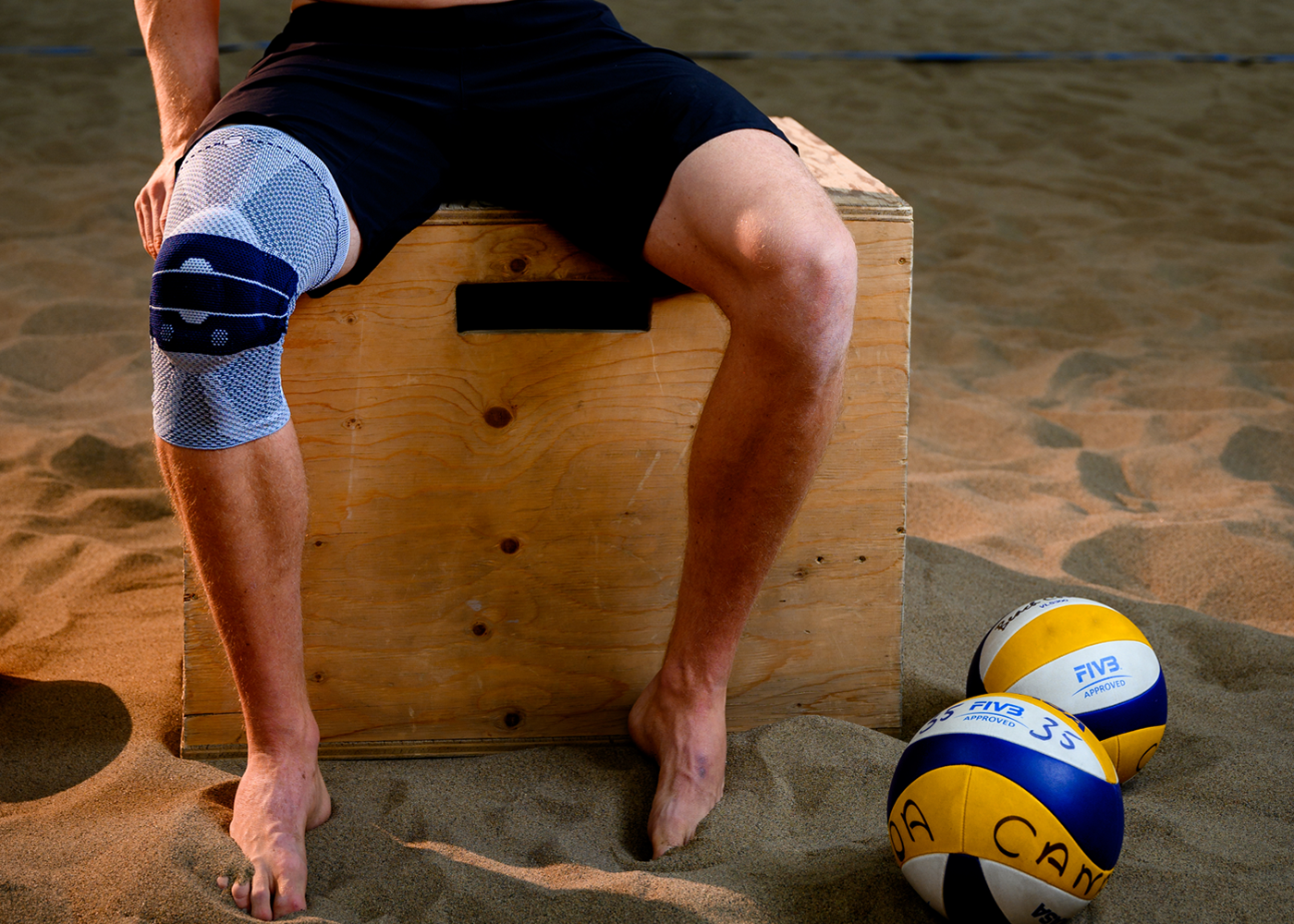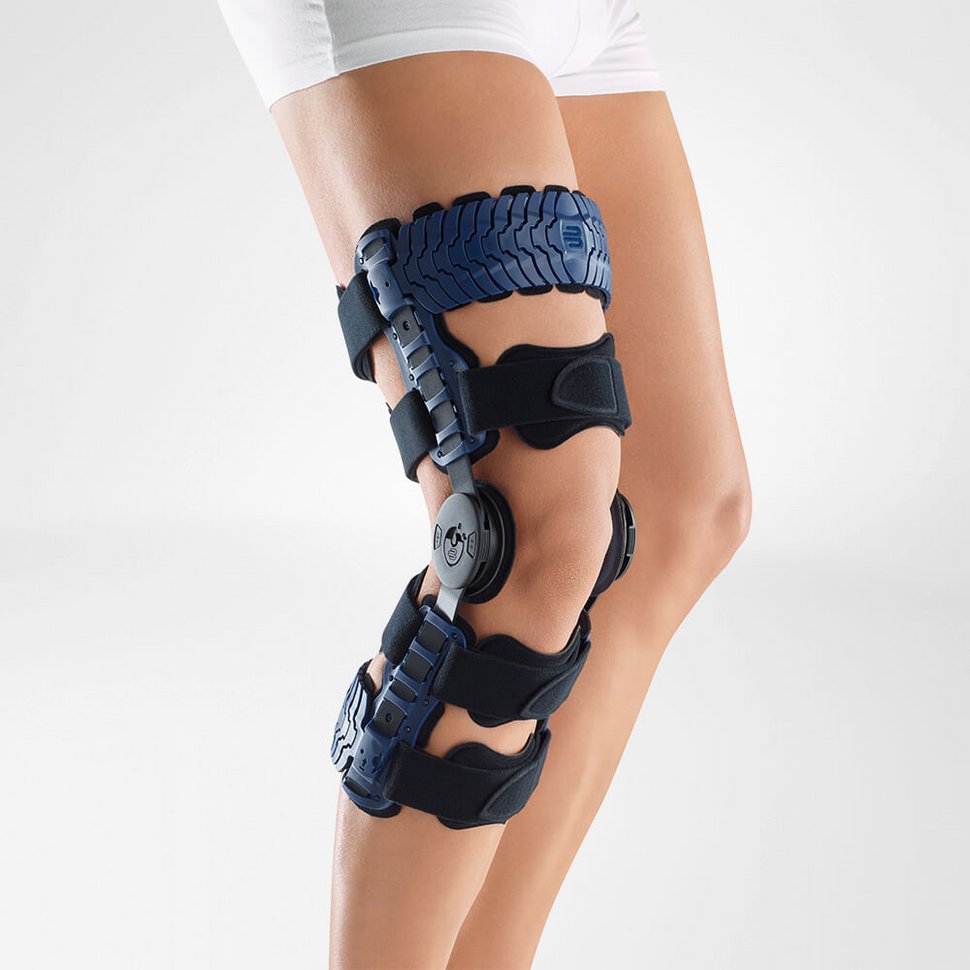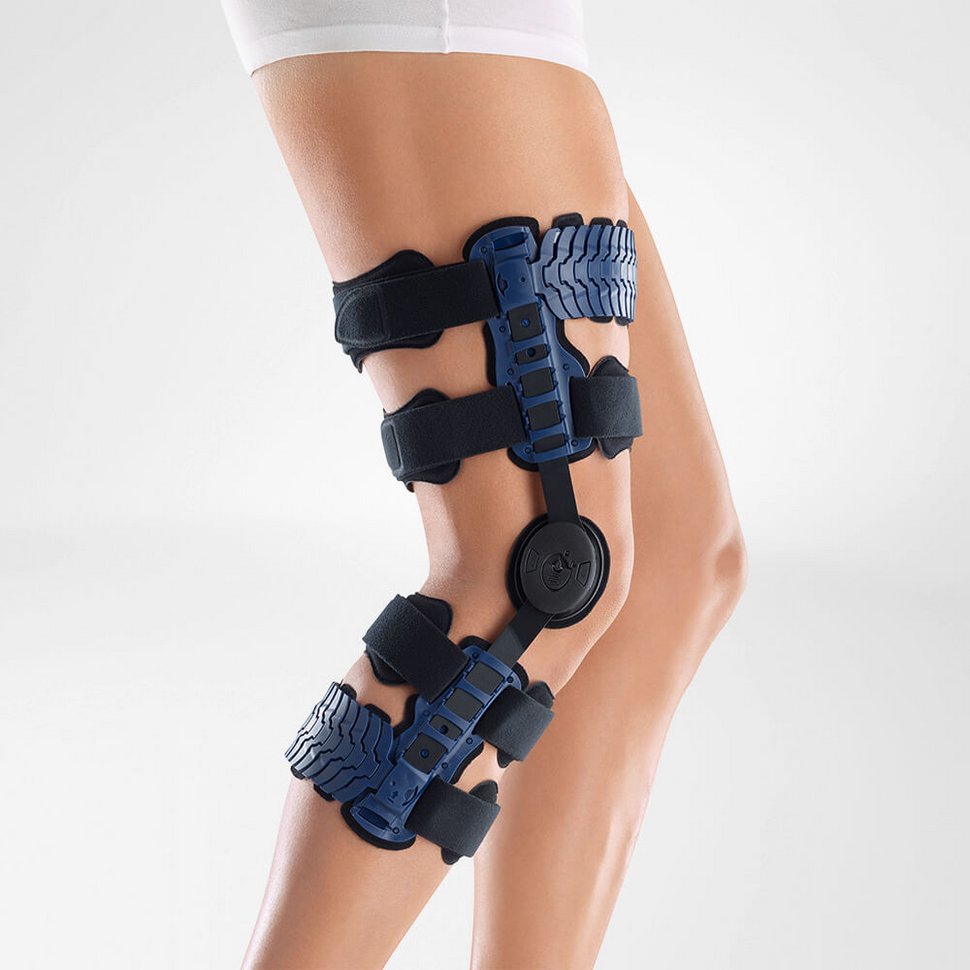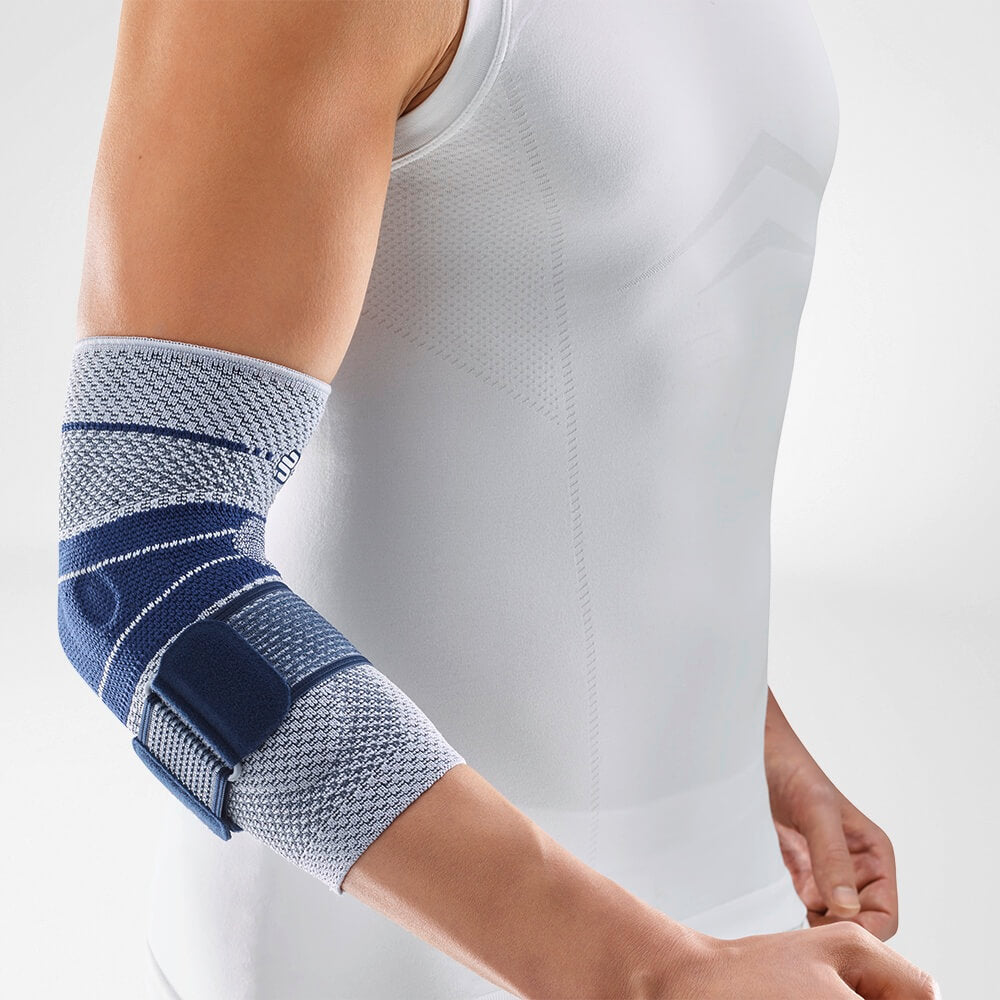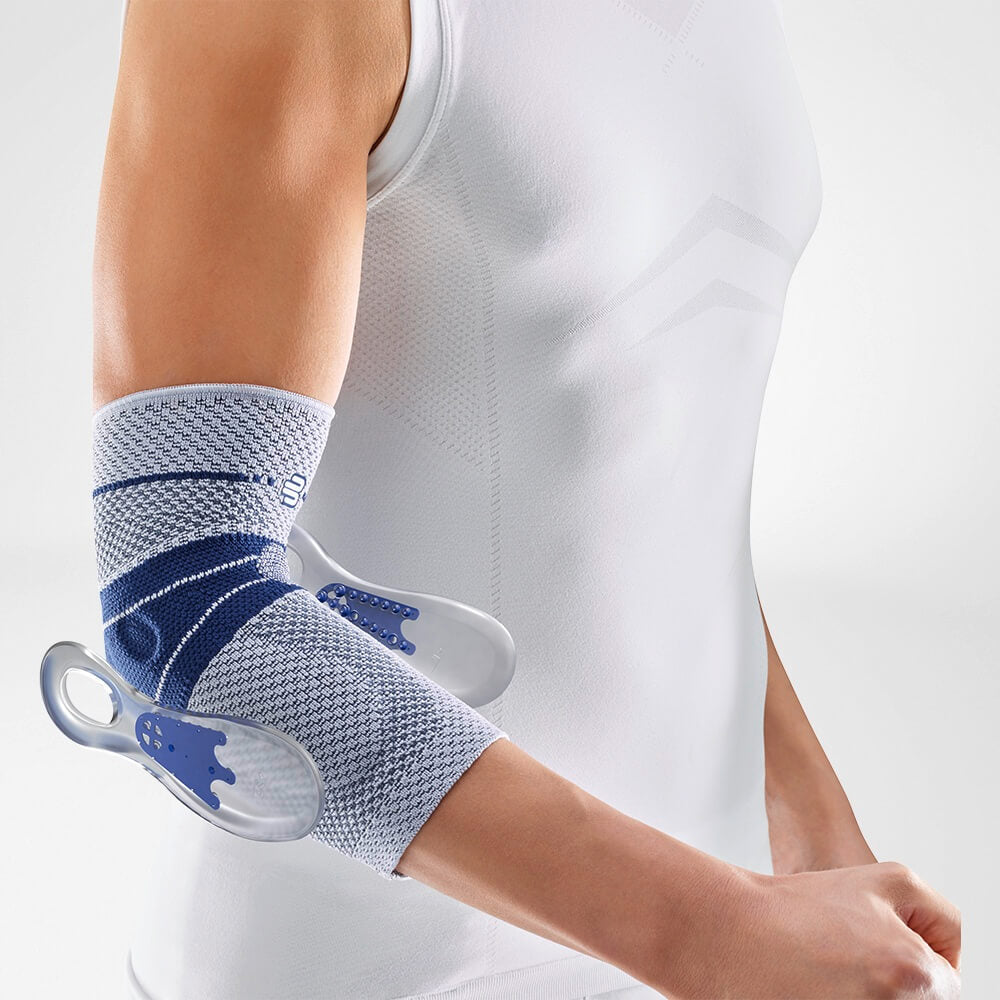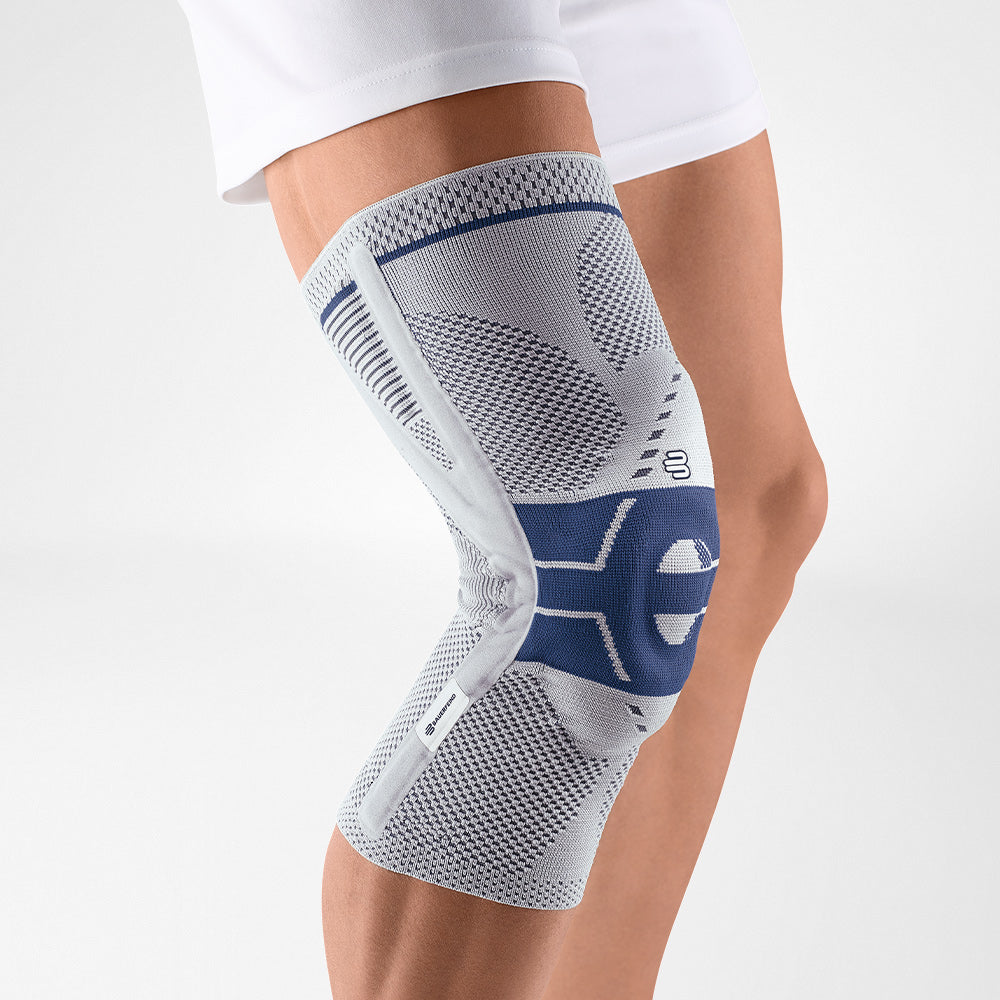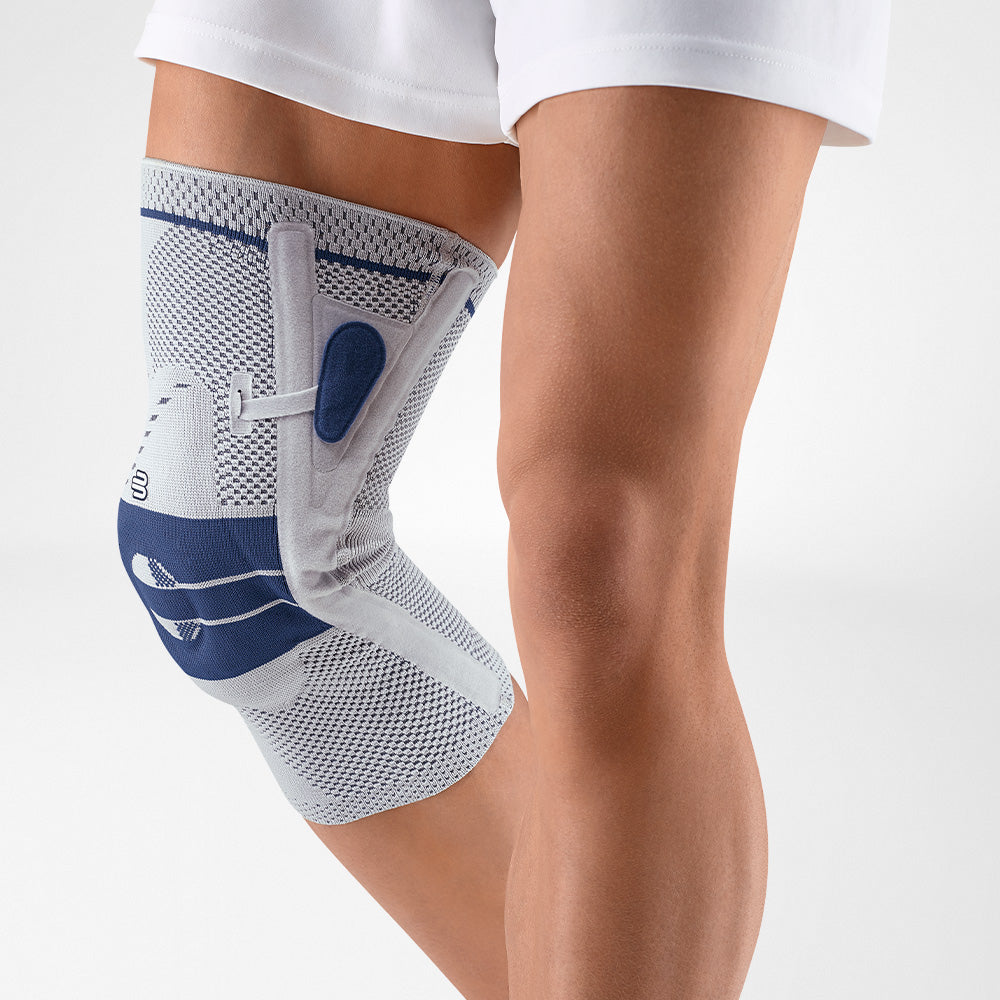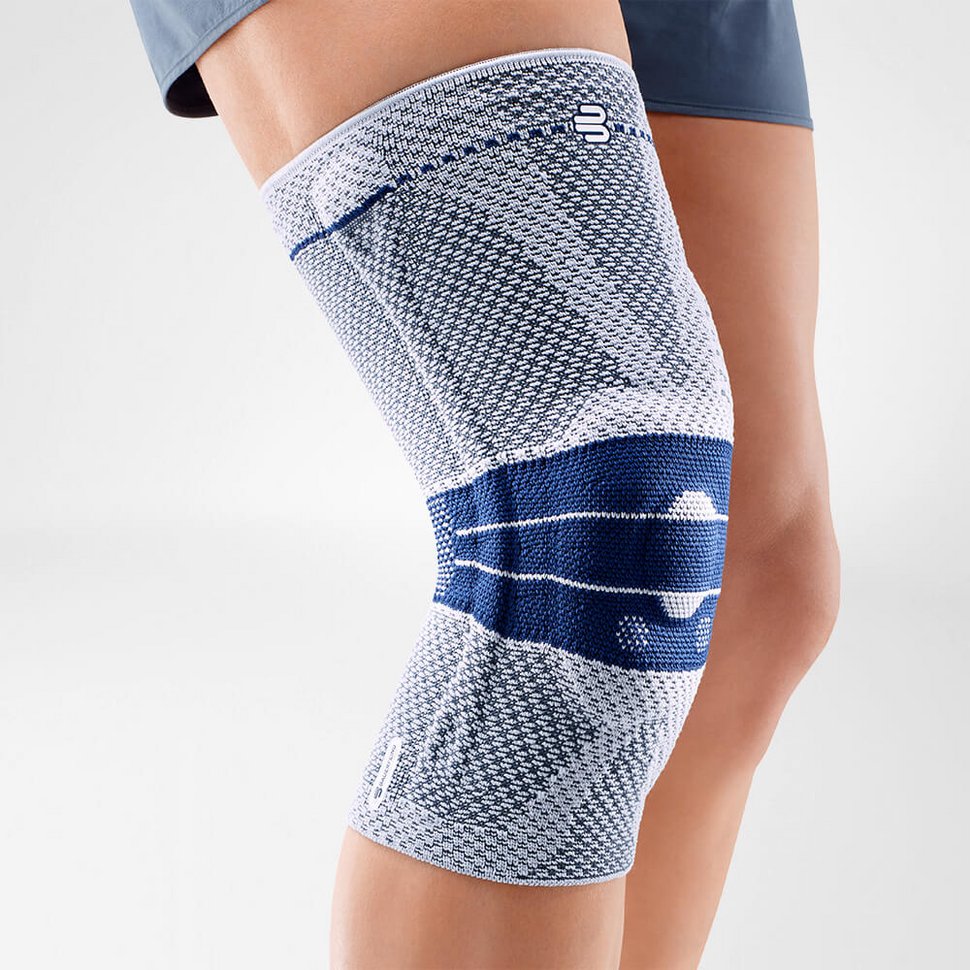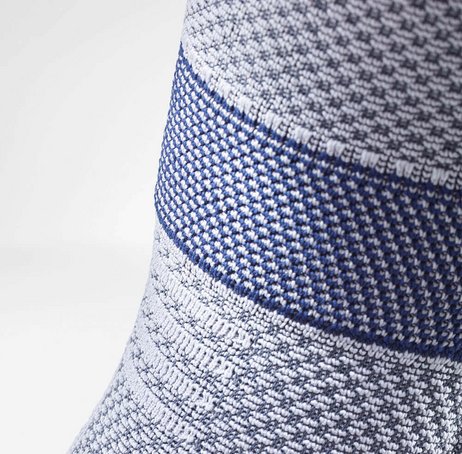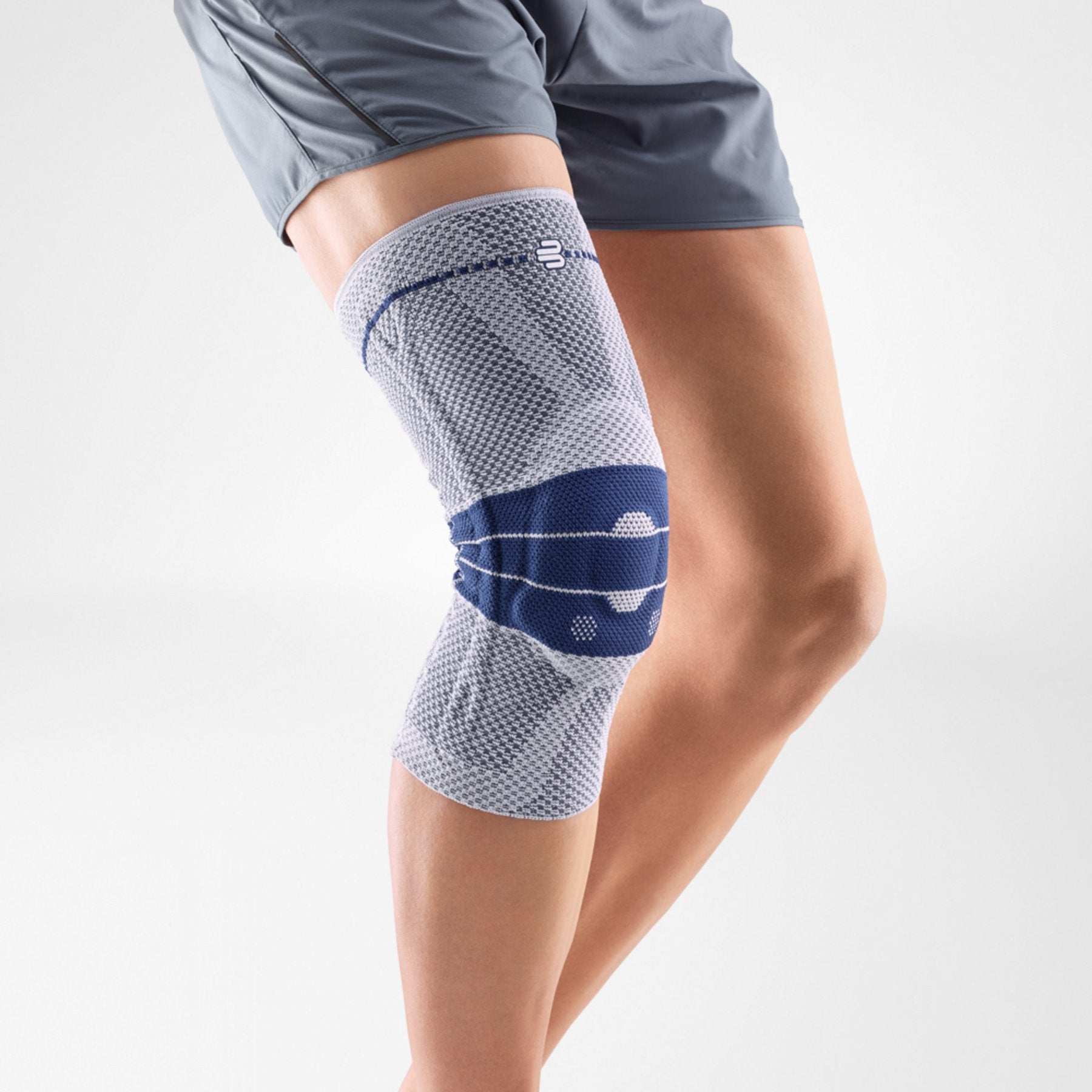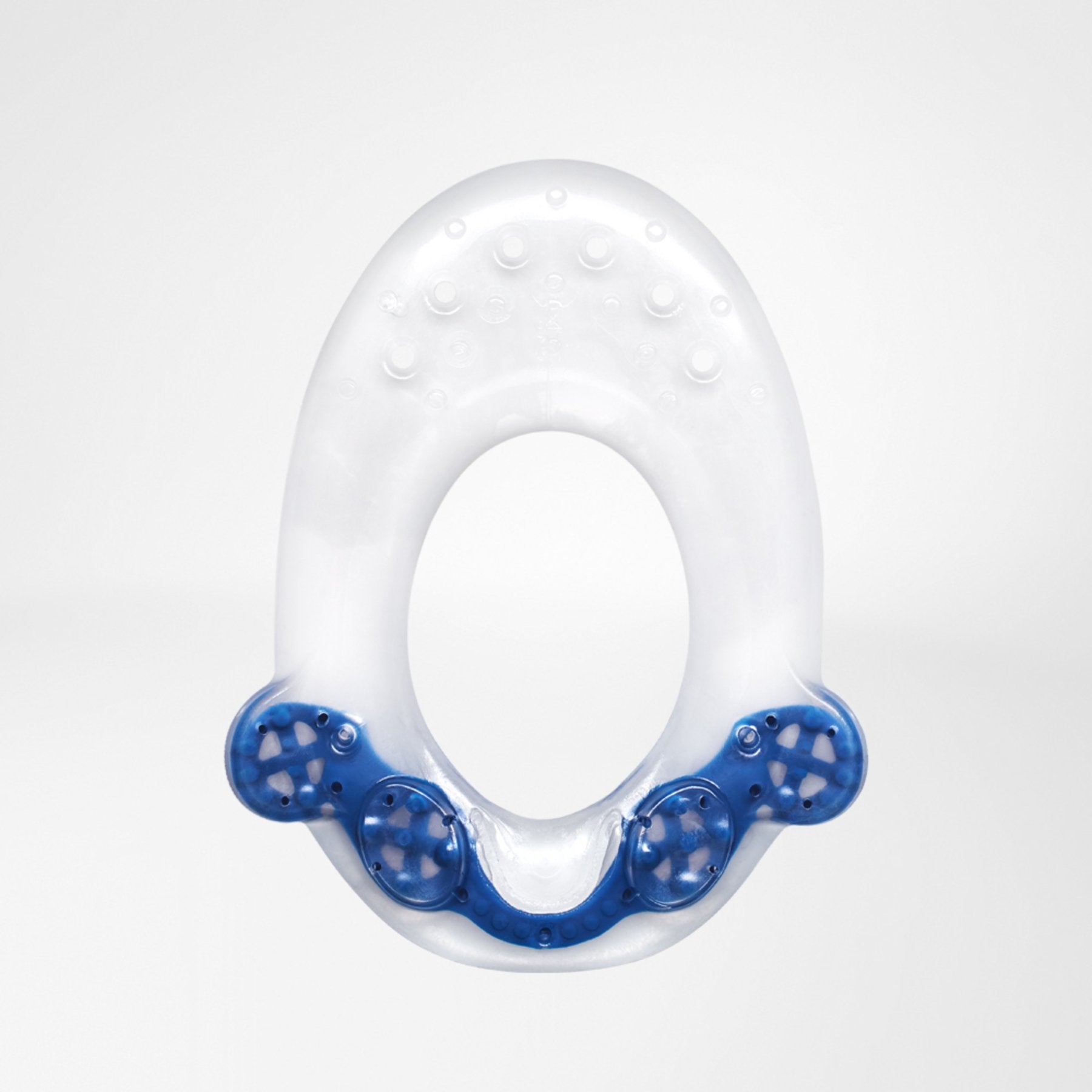As a Registered Physiotherapist, I see a common problem in clinical practice. Many mistakenly perceive a “sprained ankle” as a benign injury. But for some, the pressure to return to activity after injury results in insufficiently addressing the severity of ankle injuries.
"Ankle sprains” are typically described as falling into one of three categories based on the mechanism of injury; inversion, eversion, and a high ankle sprain. Inversion injures the most common and occurs when the foot turns inwards, and the ankle rolls outwards, resulting in the stretching or tearing of the lateral ligaments of the ankle.


A depiction of the lateral ligaments of the ankle: An inversion sprain typically involves the Anterior Talofibular Ligament. As the severity of the sprain increases, the likelihood more ligamentous structures are affected also increases (Dubin et al., 2011).
A sprain can be graded based on the severity of the injury.
A Grade I sprain is considered minor and involves a mild stretching of the ligaments without rupture of the ligaments or joint instability.
A Grade II sprain is considered moderate and involves a partial rupture of the ligaments with moderate instability. This instability typically makes weight-bearing difficult.
A Grade III sprain is considered severe and involves a complete ligament rupture and marked pain, swelling, and pain. Grade III sprains typically involve marked function impairment coupled with instability (Petersen et al., 2013).

Typically following an ankle sprain, bracing can help lower the discomfort associated with the injury and allow an individual to perform activities of daily living more effectively. Subsequently, a brace may also allow for a more rapid return to recreational activities following injury.
Lightweight braces are designed to increase proprioception (bodies awareness of the foot joint positioning) following first-degree sprains.

The MalleoTrain S ankle support provides greater ankle stability and security without restricting mobility. Unlike athletic tape, the strap system can be easily adjusted for the right amount of gentle compression, so you can remain comfortable and able to move freely.
Medium support braces are designed to limit lateral (side to side) movements of the ankle following first/second-degree sprains.

The MalleoTrain Plus ankle support stabilizes the foot following twisting injuries and sprains and in cases of ligament weakness and extreme overloading during sport, without restricting mobility. Two elastic profile inserts (pads) and the semi-elastic strap system, wound around the foot in a figure-of-eight pattern, increase the stabilizing effect of the support and protect the ankle from twisting outward.
Maximum support braces limit mobility in the third degree or severe ankle sprains with instability.

After serious twisting injuries, torn ligaments, and capsular ligament strains, the MalleoLoc L stabilizes the ankle and protects it from lateral twisting. As a result, the normal heel-to-toe movement of the foot is still possible, and the support can be worn therapeutically without a shoe.
Following an ankle injury brace as an initial intervention may be beneficial. However, guidance under a Licensed Medical Provider is essential to ensure proper timelines and specific functional limitations are addressed. If you have suffered a recent ankle injury, are an individual who continually rolls their ankle, or has persistent symptoms following an ankle injury, stay tuned as I outline some keys to rehabilitation/rehabilitation coming up!

